iso good diy landscaping advice site(s)
riskaverse
14 years ago
Related Stories
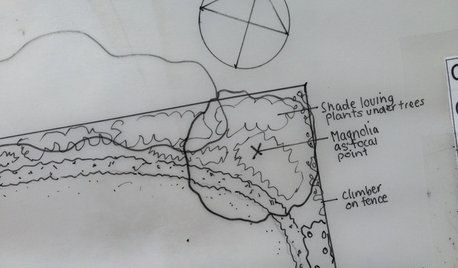
LANDSCAPE DESIGNDesign Workshop: How to Analyze Your Outdoor Site
Getting to know your site is the first step to creating a wonderful garden. Follow this 10-point checklist to get it right
Full Story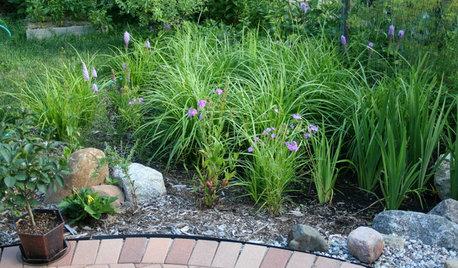
LANDSCAPE DESIGNHow to Site and Size a Rain Garden for Your Landscape
Installing a rain garden is an excellent way to reduce runoff and return water to its source
Full Story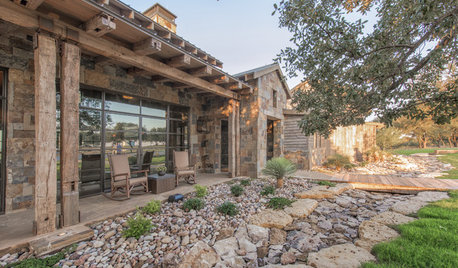
LANDSCAPE DESIGNTo Manage Stormwater Sustainably, Understand Your Site
Follow this guide to learn how water moves through your landscape and how best to manage it
Full Story
DECORATING GUIDES10 Design Tips Learned From the Worst Advice Ever
If these Houzzers’ tales don’t bolster the courage of your design convictions, nothing will
Full Story
BATHROOM DESIGNDreaming of a Spa Tub at Home? Read This Pro Advice First
Before you float away on visions of jets and bubbles and the steamiest water around, consider these very real spa tub issues
Full Story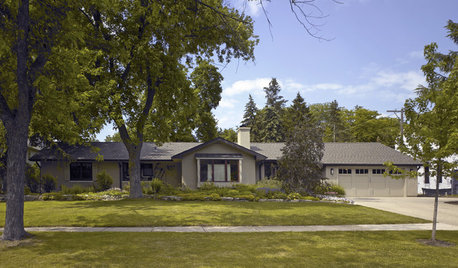
ARCHITECTUREThe Good House: Big Design Moves That Matter
Where to begin when designing a home? Think about your site, its context and the story you want it to tell
Full Story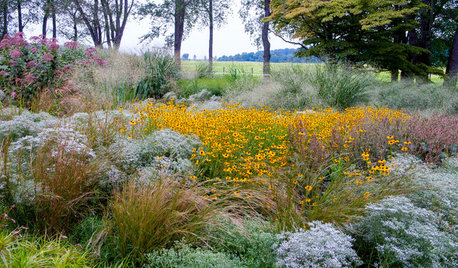
GARDENING GUIDESThe Surprising Ingredients Every Good Garden Should Have
See what to do — and not do — for lasting rewards in your landscape
Full Story
NATIVE PLANTS5 Ways to Keep Your Native Plant Garden Looking Good All Year
It’s all about planning ahead, using sustainable practices and accepting plants as living organisms
Full Story
GARDENING GUIDES9 Low-Growing Hedges That Make Good Neighbors
Define garden areas or borders without blocking the view, with these evergreen shrubs that take kindly to trimming
Full Story
MOST POPULAR5 Remodels That Make Good Resale Value Sense — and 5 That Don’t
Find out which projects offer the best return on your investment dollars
Full StoryMore Discussions






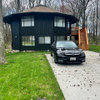
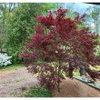
inkognito
gardengal48 (PNW Z8/9)
Related Professionals
Surprise Landscape Architects & Landscape Designers · Simi Valley Landscape Architects & Landscape Designers · Canton Landscape Contractors · Addison Landscape Contractors · Byram Landscape Contractors · Garland Landscape Contractors · Pleasant Grove Landscape Contractors · Bellingham Decks, Patios & Outdoor Enclosures · Boynton Beach Decks, Patios & Outdoor Enclosures · Columbia Decks, Patios & Outdoor Enclosures · Meridian Decks, Patios & Outdoor Enclosures · Pittsburgh Decks, Patios & Outdoor Enclosures · Wentzville Decks, Patios & Outdoor Enclosures · Westminster Decks, Patios & Outdoor Enclosures · Agoura Hills Stone, Pavers & ConcreteriskaverseOriginal Author
inkognito
isabella__MA
gardengal48 (PNW Z8/9)
riskaverseOriginal Author
nandina
rhodium
gardengal48 (PNW Z8/9)
inkognito
isabella__MA
rhodium
riskaverseOriginal Author
bahia
rhodium
Frankie_in_zone_7
inkognito
Embothrium
inkognito
Embothrium
nandina
isabella__MA
inkognito
Embothrium
karinl
oilpainter
gardengal48 (PNW Z8/9)
bahia
rhodium
riskaverseOriginal Author
luckygal
riskaverseOriginal Author
inkognito
karinl
pls8xx
bahia
riskaverseOriginal Author
pls8xx
bahia
karinl
ovfmelody
reyesuela
pam29011
reyesuela